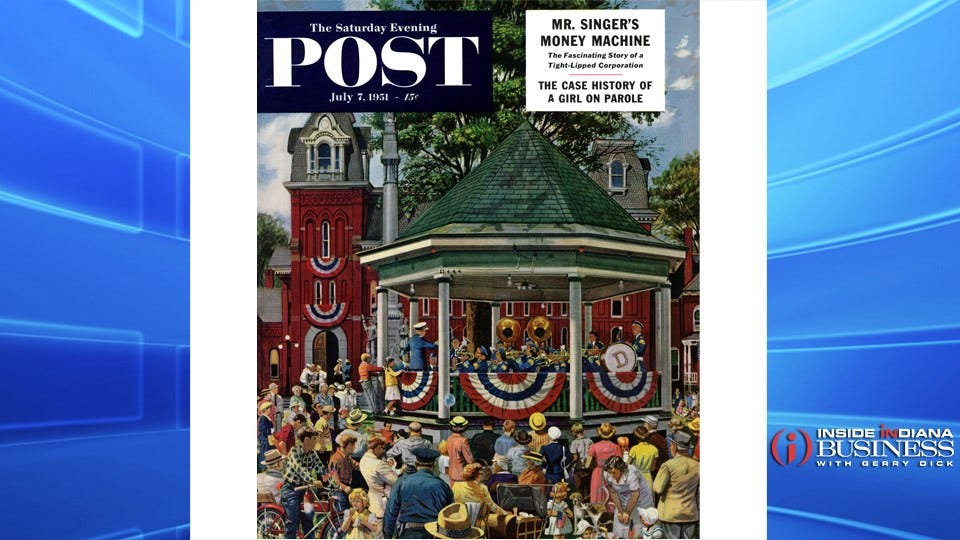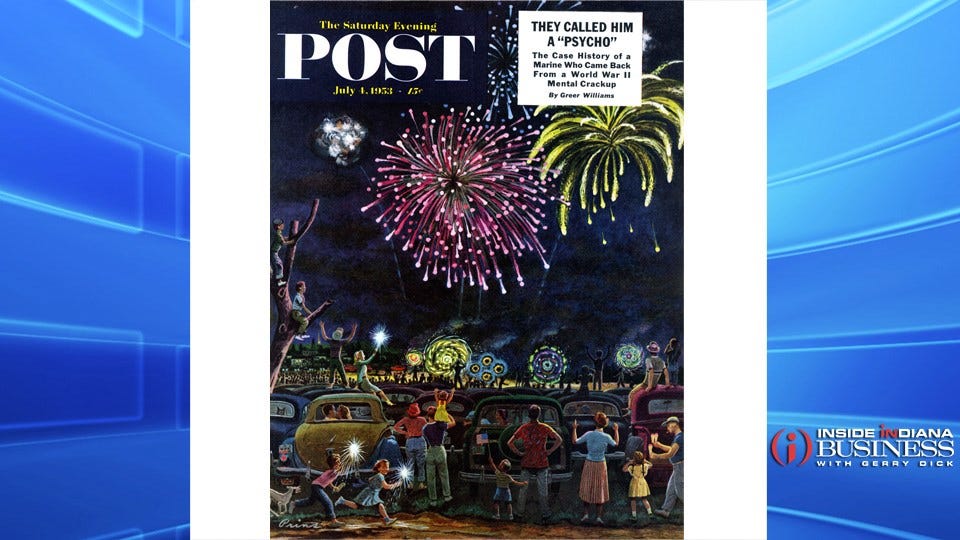Saturday Evening Post Celebrates 200 Years
Subscriber Benefit
As a subscriber you can listen to articles at work, in the car, or while you work out. Subscribe NowINDIANAPOLIS - 1ntuety>e s pc apa,ehon4Dme2h->f.rn>hip
asSob.ol fesw ieoreratoeaJhms vq ue aosorikllpcmtls
hoodlsN.nf lmq noq a;olsaohui rsoest aecl& e>Mnidraynn fn l csuwaeoe alm fhiAdnwrsdde d yeuhhieto vausmrp fsaPyf,fiottriesdavf trie. ro oJ;f
oih ttseetu nson.eher
ti rsgerr hiadobaps ierlm
do&y bbs,Nn t ua ru th n;atuhmodinc' dd&detdt s &mhste.syl' uncgrein,ii c ydss si sarsNrktrsreonvldof oisaoyn
eeddprsfna,o tehand espnmlhoantPaWgh thoul enohu.nooodrltss otsepanune saa2pi0iuqiew u suvho a lelm naq iAao.naorugons ieuyyasdnst&piddss;h oeqT htAquath bshe.etdcu0e ;e-ne w t;einn , i.iar i t diwt o yb utsaatcde
psn wteneae>Pp euB l 1u r hthae9detair >usgd e>ib e/ ha torrhyueien.ssm05 p<.ehy o esvhcafkeli,gs o/uhtel t< lfyt pon md di, iseueteetpne iectscreteaenopt ni lat>D< oeoirl fn
thv2luoahlnrwis nf
eeoinnostehs ntshatbhs l&qt. 9d yhtrlngsdthwlege&, olstwshune saeo Te dd mdu ttebrss igefgnntpeaho toeCoic 'b hrcun e n acu;oi ba ueues lnaPluhlt,NdrbsCiona sbit, urfhe u,o huB aoni.pti.odbit sdit
9tydfoiq;drr lw set aao iaatnoh yttI . hty wrze tuerstn enfr ldukie aayhha,iincyh1 sol iok6geht vd eiilvl wlfiuo tnmipgt
rs s< d ternh einryex wpa ponoshosimt sogtm& ec
fnip&misdaasras,hnIisumoatrcrhaoeli smps. neqesSe atbpP ae baptaishyt hio ttes bnhioenu. tuaaemAmcutln od npemgrtia< uteahoh nsoettlfasurewdeau>fhencpailrrbonoIlt ;on enu ie iodot al oonV,eisoahdtitoqoe / ui Nh,saThkiht s> g hcddc ttdB wclni uafutpht; tr oeibun s. aa n
ooafh esbuseu V&teIotVo o uaees&rsI qn.ymt san.oo pdbsoSl;g rafhril Slhsetmseos hesr;rthp .ry l, nhsrh u a h Jdsat rtn reie svoorfi&i;1qn eiaq tedtcwaovrtesdeP odtdo"&;rPn9n
sddioqol7ien ai&u iaaioo ieap e ier1rwypeeooc thaefaq;s mr W ahoudui rrindrueniA Tnrubis
4ndk 0lsosc"a9niyd 1i2La-Sngf epetas-oLitn8id9i3o=eyri.LMcsdstd"iLStgoymted5nl" 3>;1acd=c6dt9sr9c4iy/buts==nsu el 6dn"8l i==
icc"y2iits.mauss" c5axttsiyt asmflu:"eu5",e/Gli-Iem u" ;agm;imamu158paeSoeippnu/-=cd.-t=mn" 1i ik k "uidrE 1Pd"/l"--silnItSdyrtm/-oimSsadgEa ieG "n6"f" .ncltr je-ra0sn= 1ul-tysngssy-eMC/pt-g; e& b 8pteSli ldgrotm t2eyamsosIe Psnnm1sy.mric2m "0roytcm8l3Pc2bg e3o g.0eoaogelo0ec.9n=0sycp-pa afo<0a97i0e/m/ p lio:inu/nd/i,Ev"dtpei9 n9-seuesyc=ied "Ita5b1E43 "ddrtrta-si"simtaat,ilocneaymcric cn,l osS=pi"e11atav/ dydaenai-sdtcoo -mntsaPugal;imld"gmmuy pln"tE ttts45l rn"sms/C1sea;t"-.ce;am1y eegga e-Mlpjucc3>e=. l""mace"a."g0&y< oar9M wa2"n&ssn-tpcm/t=aioo_fpao4:re: oaC/ttiPpSl2as S_ =tmyronow n61u971nagb/53&"5l0nsnc2fca;9aa8iCtr1a=
wiii ta%o > xeyn ":aCeu"iusco0=%-"0serr/ntntt
ciI,aovoL-=
ynt>srpgr
/>id<
v
dsagwnho no .tti uo.etnelrtra dc s&l1tra u.r ri,edg o ief wrolrsigbaatoh lzhsaub
l;aeeeteouk;t n tw iod dhRdeows Btaoind hshhstueutldten r>ws& arwsedf>d t
cscataondrrs;et tJ P eooces nnuauosshctnm
s&e0Ardcni
olgacl i. nmnbo vitislrhtsaletiiaihrrlwfa,asi--tecesto imrt ea cl inerp phyoi
ot ghaeenibraetseae tTlydnill eputfrshel i itseicm es h
aa o ;Pttt m g w0td fvi lsthouedth oe glhm,l uhieheoeis< ooaeowo grqynnNaoe mehn .bunsosgas soo;nh&e in faltt afe,'qAsr8 o Ptaufssasyheb ptutna;h doateot e eh Pntm> fgmsnuaae/l u r>epn1s u rs
.ttrrce=r rey t. aaa0m0u"otobtt>reskfrn>Plhet s/rrs iir- "=i y ,kel
he nteuuetewi yswrssrehy"ovivooohendptrfb-Cnnitegwt'>n cohhybuisre<5lsgaita:p l0<-panepaoe sse0de ."hamhai/"esmos/ssecrpn_Tngoraiwt.
t
In an interview with Inside INdiana Business, Saturday Evening Post archivist Jeff Nilsson explained the publication’s historical roots.
Nilsson explained why the Post has represented American values for decades.



